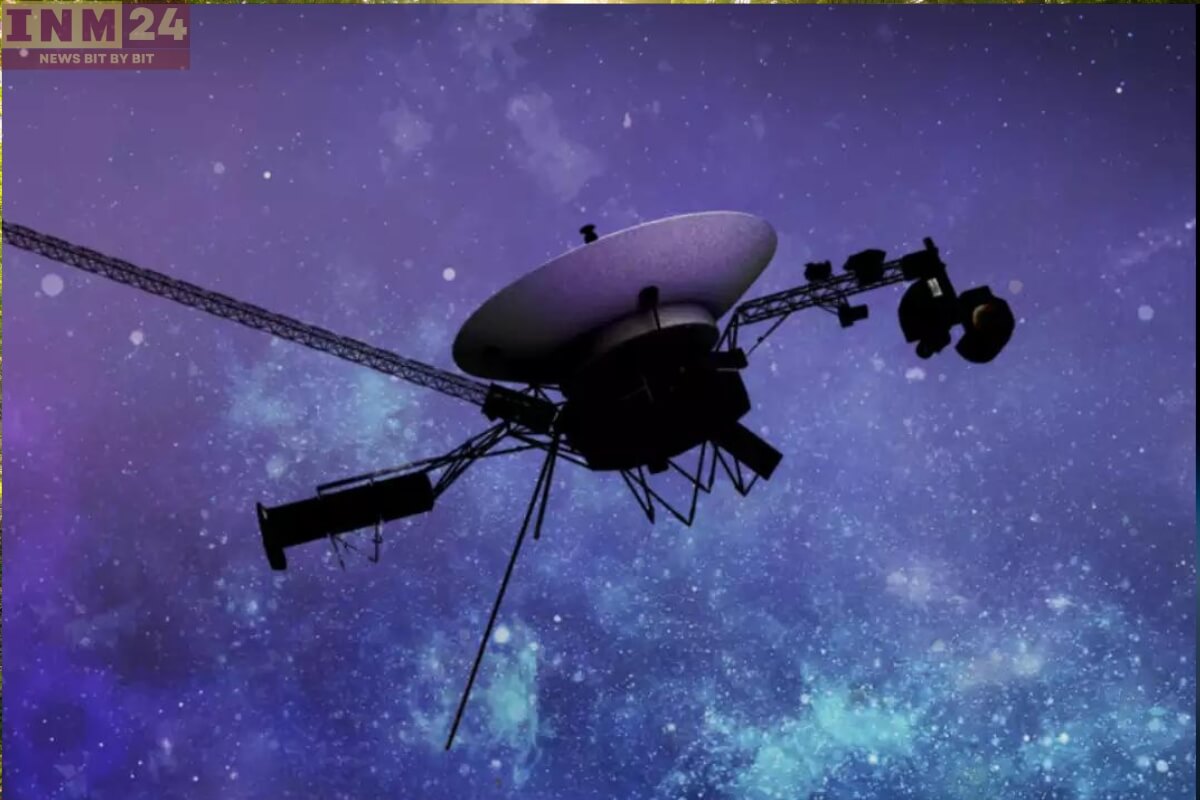Voyager 1, the venerable spacecraft launched by NASA more than four decades ago, continues to astound scientists as it ventures deeper into the cosmos. However, recent reports have revealed that the spacecraft, now the farthest human-made object from Earth, is sending back ‘incoherent’ data to its handlers at NASA.
Voyager 1: Historic Journey Through the Outer Solar System
Launched on September 5, 1977, Voyager 1 embarked on a historic journey to explore the outer reaches of our solar system and beyond. It achieved numerous milestones, including conducting close flybys of Jupiter and Saturn, capturing breathtaking images of these gas giants and their moons, and providing invaluable data about the outer planets’ magnetic fields and atmospheres.
But perhaps Voyager 1’s most significant achievement came on August 25, 2012, when it crossed the heliopause – the boundary marking the edge of the Sun’s influence – becoming the first human-made object to enter interstellar space. Since then, it has been journeying through the vast expanse between the stars, carrying with it a golden record containing sounds and images of Earth, intended as a message to any extraterrestrial intelligence it may encounter.
However, despite its remarkable resilience and longevity, Voyager 1 is now encountering challenges in its communication with Earth. Recent reports from NASA’s Deep Space Network, responsible for communicating with distant spacecraft like Voyager 1, indicate that the data being received from the spacecraft is increasingly ‘incoherent.’
NASA scientists, who have been monitoring Voyager 1’s transmissions with great anticipation, have been puzzled by the sudden degradation in the quality of the data. Initial analysis suggests that the issue may stem from the spacecraft’s aging instruments or the effects of cosmic radiation encountered during its journey through interstellar space.
Reflections from Dr. Emily Nguyen on Voyager 1’s Data Transmission Challenges
Dr. Emily Nguyen, a planetary scientist at NASA’s Jet Propulsion Laboratory, expressed both fascination and concern regarding the situation. “Voyager 1 has surpassed all expectations and continues to push the boundaries of human exploration. However, the recent challenges in data transmission remind us of the complexities involved in operating spacecraft over such vast distances.”
Despite the setbacks, NASA remains committed to maintaining communication with Voyager 1 for as long as possible. The spacecraft’s enduring mission serves as a testament to human ingenuity and the insatiable curiosity that drives our exploration of the cosmos.
As Voyager 1 continues its solitary voyage through the depths of space, its ‘incoherent’ transmissions serve as a poignant reminder of the challenges inherent in our quest to understand the universe. Nevertheless, the insights gleaned from this intrepid explorer have expanded our knowledge of the cosmos and inspired generations to pursue the unknown.
In the words of Carl Sagan, one of the architects of the Voyager Golden Record, “The spacecraft will be encountered and the record played only if there are advanced spacefaring civilizations in interstellar space. But the launching of this ‘bottle’ into the cosmic ‘ocean’ says something very hopeful about life on this planet.”
